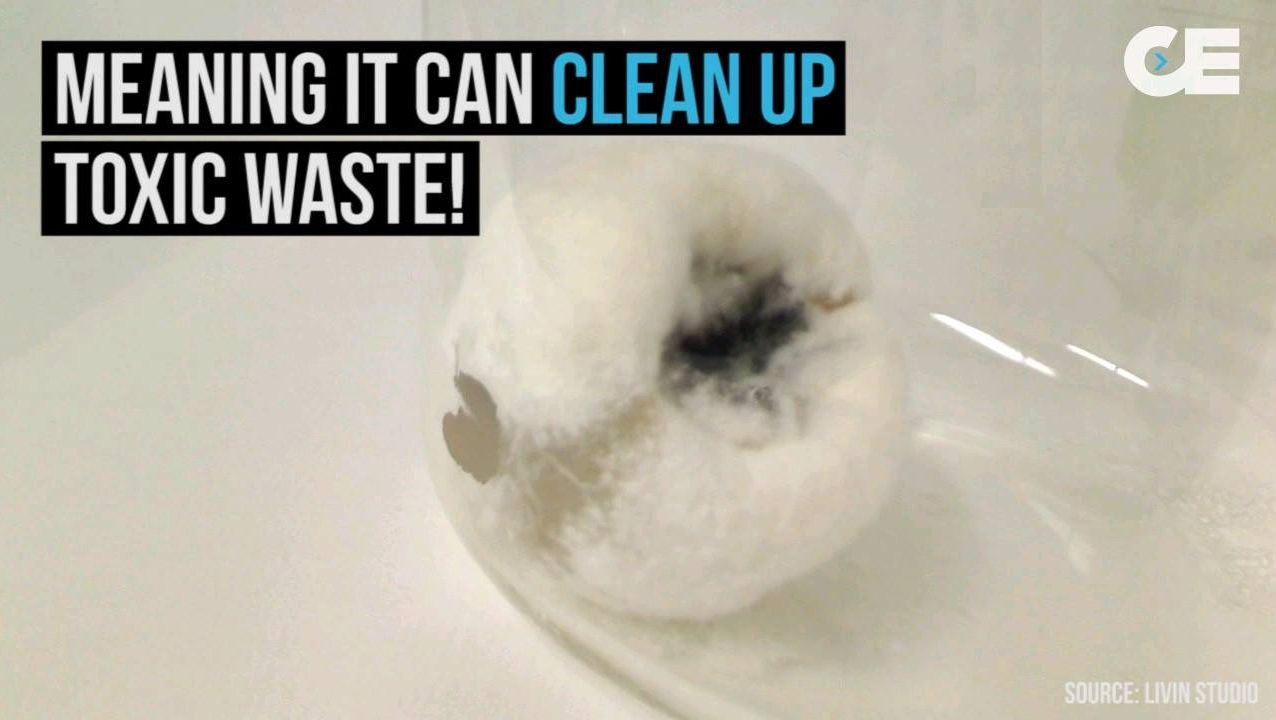Nice
HYDERABAD: In an initiative that may improve farm productivity, Indian Institute of Technology (IIT), Mumbai and Professor Jayashankar Telangana State Agriculture University (PJTSAU), Hyderabad have joined hands to develop nanosensors that can read the percentage of moisture and nutrients in the soil. This new research is expected to provide an important technological innovation in the field of agriculture. This is for the first time an IIT is collaborating with an agricultural university to devise solutions for the farmers.
“While we were exploring the possibilities of nano technology in various fields, the idea of using it in agriculture sector struck us. Thanks to the interest shown by some agricultural scientists at PJTSAU, we decided to develop nanosensors which can calculate the moisture content of the soil. There is a need for IITs to work for solving the problems faced by farmers and this is a step in that direction,” said V Ramgopal Rao, director of IIT Delhi, who was instrumental in initiating the research project, while he was the chief investigator of Centre of Excellence in Nanoelectronics Project at IIT, Mumbai.
While IIT, Mumbai will develop the nano soil sensors, PJTSAU will serve as the testing partner and conduct field tests to assess the efficacy of nanosensors. Already, funds have been allotted by IIT for the research project and a team of agricultural scientists and technologists has been formed to work on the project.
Continue reading “IIT to Develop Nanosensors to Boost Farm Productivity” »
















